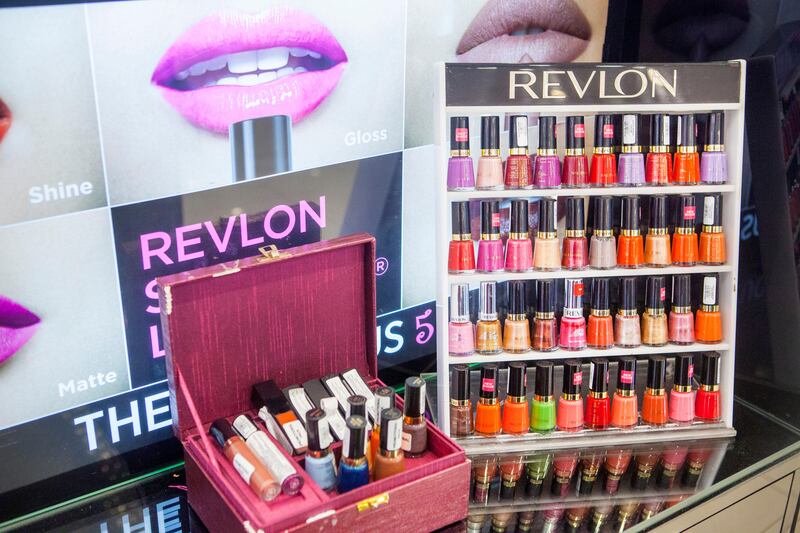Revlon has filed for Chapter 11 bankruptcy, unable to manage its heavy debt load amid the supply chain crunch and steep inflation.
The cosmetics business owned by billionaire Ron Perelman sought court protection in the Southern District of New York, and listed assets worth $2.3 billion as of late April.
That stands in contrast to total debts of $3.7bn, which include its 6.25 per cent senior notes due in 2024, according to court papers dated June 15.
Chapter 11 filings allow a company to continue operating while it works out a plan to repay creditors.
The bankruptcy caps a tumultuous period for the company, which suffered during the coronavirus pandemic and faced years of declining sales as consumer tastes changed and upstart brands ate into its market share.
The 90-year-old company started operations selling nail polish in the throes of the Great Depression, and later added co-ordinated lipsticks to its collection. By 1955, the brand was international.
Mr Perelman’s holding company, MacAndrews & Forbes, took control of Revlon in an acrimonious takeover in 1985, funding the deal with junk debt raised by Michael Milken.
MacAndrews & Forbes at one point sued Revlon over the company’s acceptance of a lower offer from Forstmann Little, resulting in a Delaware court decision on the fiduciary duties of board members, sometimes called the “Revlon Rule”.
Apart from the dollar bond, Revlon has 10 loans with a total outstanding amount of about $2.6bn and maturing in the next three years, Bloomberg-compiled data show.
The company’s debt load proved burdensome, especially after it sold more than $2bn of loans and bonds to fund its acquisition of Elizabeth Arden in 2016.
It also owns brands such as Cutex and Almay, and markets its products in more than 150 countries.
In recent years, it has struggled to compete with newer brands that advertise heavily on social media.
The pandemic provided another blow and, more recently, the company struggled to address supply chain problems and inflation that dented margins.
Revlon narrowly staved off several previous defaults by cutting deals with creditors to rework its obligations out of court, and later found itself ensnared in one of the banking industry’s most infamous blunders when Citigroup — intending to process a routine loan interest payment — instead mistakenly paid some Revlon creditors about $900 million.





